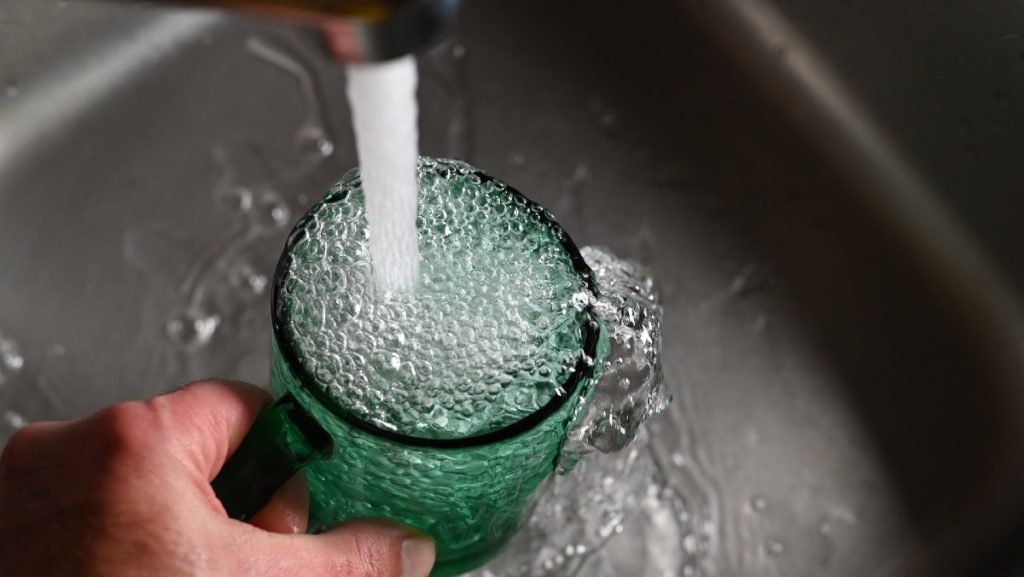Water is needed for so many things in our life, not only for consumption – but not all water is good water, unfortunately. The water industry is not that great, especially since our planet is constantly being polluted and the water quality keeps getting lower and lower.
Instead of just blindly drinking and using the water at your disposal, you need to test it and make sure that it’s useable! Here’s how to test your drinking water and why it’s important for you!
Table of Contents
Why should you test your water?
There are many reasons why you should test your water, especially the water that’s meant for drinking and cooking. This will prevent you from ingesting harmful things, and make your household healthier. By taking a look at the analysis of your water, you’ll know exactly how to find the solution for it. Adding certain filters can immediately help with cleaning your water – for drinking, cooking, bathing, and overall usage. Having clean water is essential, so the additional step of testing it for various harmful substances is a must!
Water hardness
Not all water is the same, whilst most people differentiate salty water from regular water, there are other, finer differences to keep in mind. Water hardness is one of those things, the harder the water the worse it is for your household. It created water buildup and it’s not good for cleaning, personal hygiene, appliances, and plumbing in general. Hard water comes from the heightened levels of magnesium and calcium, so testing the hardness of water is not hard. And it’s not easy to spot, especially with all the buildup that can occur – so keep an eye on that!
The potential bacteria
Underground water might be subjected to various types of bacteria which can make their way to your sink. The sanitary condition of your drinking water is essential to prevent poisoning and potential sickness due to hazardous water. The bacteria can come from the soil and contaminated water from the surface that might be in contact with animal feces and other substances filled with bacteria. Even if you do boil your water before use, it’s always best to know just how contaminated the water is.
Harmful ingredients
Some substances are completely normal and can be found in nature – especially in soil, but that doesn’t mean it should go straight to your sink and into your household. For instance, lead is extremely dangerous for the environment and can cause a lot of health issues. While it’s oftentimes found in pain, it can also be found in the water by soil contamination. Definitely, something to look after, as constant lead ingestion can leave deadly effects. On the other hand, something like nitrate can also be found in the ground and can lead to water contamination caused by septic systems, fertilizers, and similar things. The levels of this kind of substance shouldn’t be high in your water, especially in drinkable water, so keep that in mind!
Ph level
Ph basically means the levels of alkalinity and acidity of the water. This is important to check and determine if pH is neutral or a 7 on a logarithmic scale or if the values are lower which means that the water is more acidic, or higher which means that the water is more alkaline. Consuming water with a lower or higher pH level than recommended, can expose you to harmful side effects like ingesting metals and hurting your insides.
Acidic water is filled with metals such as iron, and zinc, and consuming these metals can cause illnesses and poisoning in the long run especially if your exposure to that kind of water is long-term. Also, our bodies have natural acidic values, which can be influenced by the consumption of high pH value water – just another thing to keep in mind!

How to test the water?
Most of the listed substances are chemically based and can be easily determined by doing a chemical test. While tests that are done in labs are more accurate, not everyone can afford them. So test stripes are the easiest way to quickly see what substance is in your water and how severe it is. There are various types of this kind of test, most of them are straightforward and easy to use – all you have to do is dip the test in the water and see what color it turns – this will determine the results that are often stated on the test itself. There are also hand-held instruments that are available for water testing, and give a more accurate read, but this is a more expensive option!
All in all, testing your water is a must, especially if you have children in your home. It’s just better to have a safe environment, regardless of whether you are using tap water for drinking and cooking or not – bathing with good water is also important! So definitely check out the levels of your water and make sure that everything is okay!




